The University of Sydney explores ’digital design’ with this student installation.

August 19th, 2009
“To build something that you can see, sit and enjoy.” This, as design coordinator Sarah Benton says, was the aim of the Ultra_FAB Pavilion – a project by 13 Master of Architecture students from the University of Sydney, as a part of Sydney Design 09.
Last Thursday 13 August, the University of Sydney’s Faculty of Architecture welcomed guests to the opening night of the student project. A poetic arrangement of 57 timber frames in the shape of a dynamic bower-bird nest, the Ultra_FAB Pavilion sits at the entry to the Faculty building.
The structure reinforces the edge of the landscape garden, providing seating to gather and enjoy the night. Visitors were invited to walk through the dynamic lights of the pavilion, to experience the four themes of the project: structure, transition, space and surface.
Edward Salib, a member of the design team explains: “the atmosphere surrounding the opening night was overwhelming. Family, friends and supporters all showed a great deal of interest in the project. It was good to see them interacting with the pavilion in the way that we anticipated.”
The purpose of Ultra_FAB Pavilion was to demonstrate the creative potential – and the impact – of digital fabrication. It then became one of the first 1:1 built works for the Digital Design Stream at the Faculty.
’¨
“It is a fantastic experience to be able to relate with the landscape you’re interacting with,” says John Zhao, a visitor and a student of the Faculty. “To have a built form able to serve the needs of potential occupants and become a landscape element is quite a dynamic creation.”
Members of Ultra_FAB’¨Coordinators:’¨Dr Sarah Benton and Damien Butler’¨’¨Design Team:’¨Nguyen Bui, Andrew Chung, Randa El-Kaderi, Guy Hanson, Steven Janssen, Sean Johnson, Jonathan Newton, Alice Nivision, Edward Salib, Sarah Slattery, Georgia Wilson, Jessica Wray and Ella Yanlu Xue,
ultra-fab-pavilion.com
Words: Nikita Notowidigdo
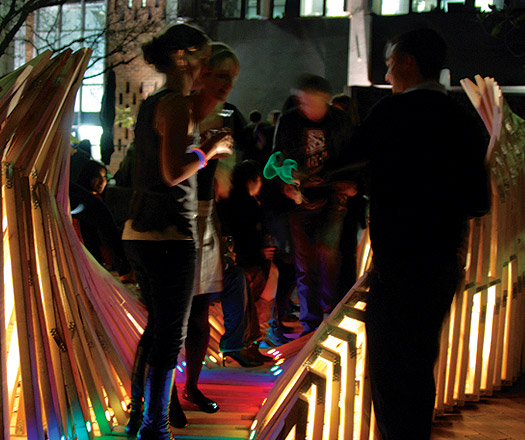

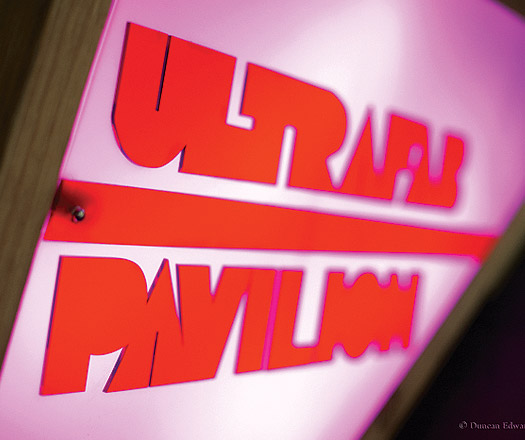
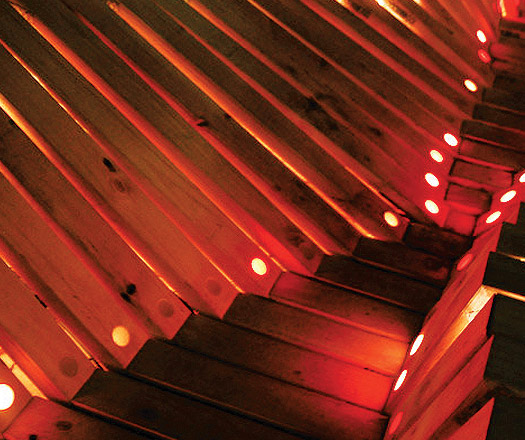
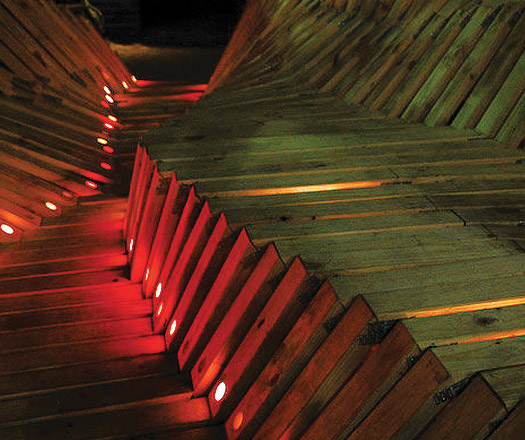
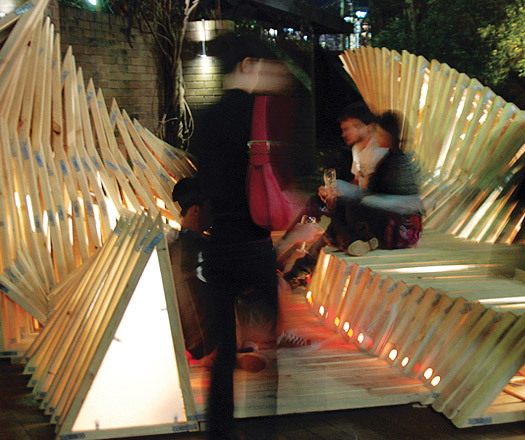
INDESIGN is on instagram
Follow @indesignlive
A searchable and comprehensive guide for specifying leading products and their suppliers
Keep up to date with the latest and greatest from our industry BFF's!

A longstanding partnership turns a historic city into a hub for emerging talent

The undeniable thread connecting Herman Miller and Knoll’s design legacies across the decades now finds its profound physical embodiment at MillerKnoll’s new Design Yard Archives.
The new range features slabs with warm, earthy palettes that lend a sense of organic luxury to every space.

For Aidan Mawhinney, the secret ingredient to Living Edge’s success “comes down to people, product and place.” As the brand celebrates a significant 25-year milestone, it’s that commitment to authentic, sustainable design – and the people behind it all – that continues to anchor its legacy.

Paul Conrad, Conrad Architects founding director, designs premium residential homes and developments in many of Melbourne’s best streets.

Good Environmental Choice Australia unpacks what ‘Sustainable’ actually means.
The internet never sleeps! Here's the stuff you might have missed
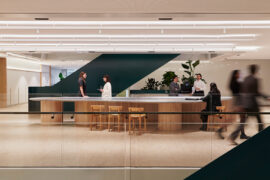
Law is one of the oldest professions in the world but Architectus’ new design for Ashurst Sydney’s workplace at 39 Martin Place reflects and responds to contemporary shifts.

Adam Markowitz Design, in collaboration with Simeon Dux, has been awarded The Object at the INDE.Awards 2025. Their winning project, A Cabinet of Curiosities, is a masterwork of craftsmanship and adaptability; a poetic response to shifting domestic and professional life in the post-COVID era.